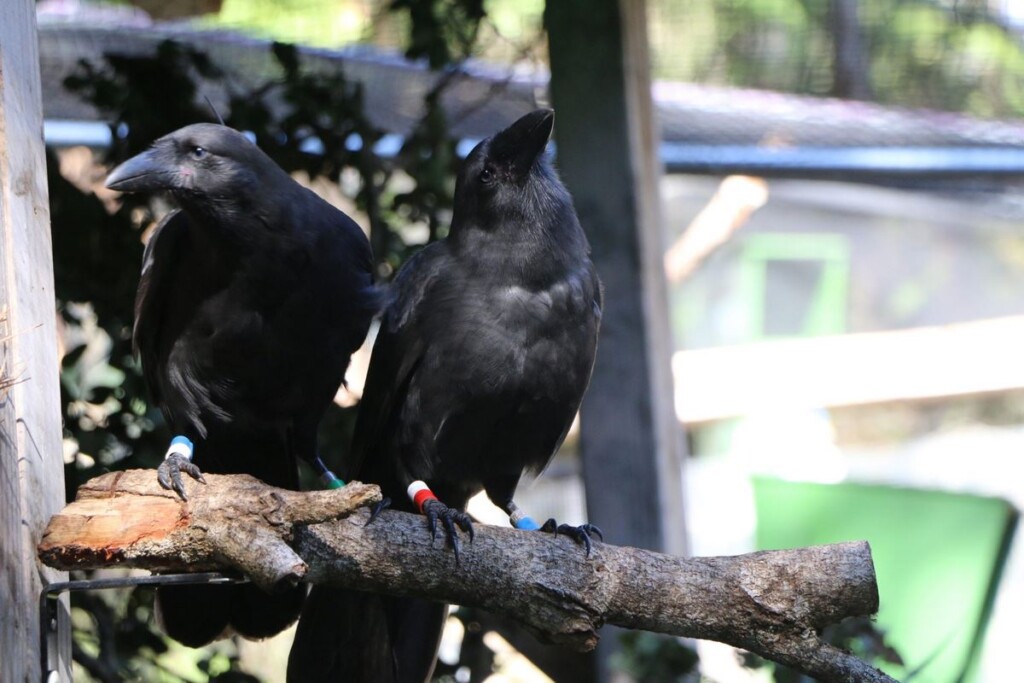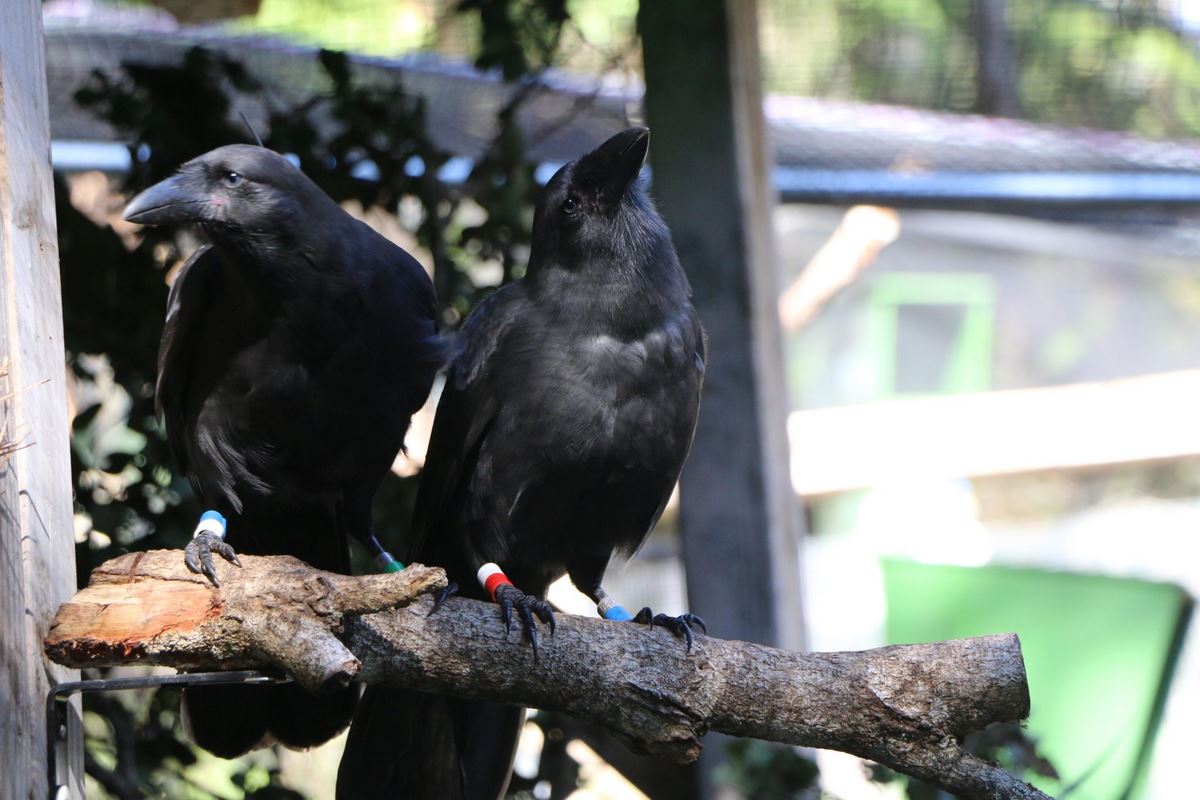
5 Hawaiian crows have just been released onto the island of Maui in an attempt to return this species to the islands.
Extirpated from its native Big Island in 2002, all remaining members of the species have been bred in captivity since then. However, the animals were raised to retain their wilder instincts in the hope that they could one day be released safely into the wild.
Known as ʻalalā in the Hawaiian language, the 2 males and 3 females hopped out of their cages on the leeward slopes of Haleakalā, in the Kīpahulu Forest Reserve on Maui. This cooperative effort is the first release of Hawaiʻi’s endemic crow on Maui and the first reintroduction attempt outside of the Big Island.
“The translocation of ʻalalā to Maui is a monumental step forward in conserving the species and a testament to the importance of partnership in reversing biodiversity loss,” said Megan Owen, vice president of conservation science at the San Diego Zoo Wildlife Alliance, which assisted with the reintroduction.
“It means a lot to me to care for the ʻalalā,” Keanini Aarona, avian recovery specialist at Maui Bird Conservation Center (MFBRP), said in the statement. “To me, and in my culture, the ʻalalāare are like our ancestors—our kūpuna. The forest wouldn’t be there without these birds.”
ʻAlalā are considered ʻaumākua (spirit guardians) in Hawaiian culture said Martin Frye, research field supervisor for MFBRP.
“The birds represent so many individuals who have gone before us and our care for this release group is linked with our desire to preserve their memories and knowledge for the future,” Frye said.
It’s not the first attempt at reintroduction of this species. Several groups of crows have been released on the Big Island in the 21st century. These were quickly returned to captivity as intoxicants, predation from Hawaiian hawks, and accidents with aspects of human civilizations have repeatedly contributed to unsustainable mortality rates.
BIRDS RETURNING TO THEIR HOMES: LA Zoo Breaks Record for Condors Hatched in a Season with 17 Ugly-Cute Chicks Poised to Bolster Species
Three male and two female juveniles were selected for this initial release in Maui, as young birds are less territorial than adults and may therefore show more group cohesion, teamwork, and learning from one another as a result.
These particular individuals were selected for their highly developed social and behavioral skills that may allow them a greater likelihood to succeed in the wild at foraging, predator avoidance, and pair bonding.
MORE HAWAIIAN BIRDS: Hawaii’s State Bird Soars Back From Brink of Extinction After Only 30 Birds Left on Islands
Success for the project relies on how the birds manage to adapt to their new home and can only be measured over time. Maui doesn’t have any Hawaiian hawks, eliminating one major pressure on these juveniles.
The field team will continue to monitor the birds into the foreseeable future, supplementing their food and keeping an eye on their health and wellbeing. For now, the birds are free to roam and explore their surroundings, learning and feeling what it means to be wild.
SHARE This Story With Your Friends From Hawaiʻi…





















I hope they do well and survive.